- Details
- Hits: 3508
Bayer HealthCare to donate $1 for every pair of its Dr. Scholl's insoles sold in Walmart stores to SupportOurTroops.org
TAMPA, Fla. — Throughout July, Americans can show their patriotism in every Walmart store with a purchase of Dr. Scholl’s insoles. For every pair of Dr. Scholl’s insoles of $10 or more sold in Walmart stores during the month of July, Bayer HealthCare will donate $1 to Support Our Troops, Inc., a nationwide 501(c)(3) organization that meets the critical needs of America’s deployed troops worldwide.
“Widespread civilian support is critical to mission success and the morale and well-being of America’s troops and their families,” said Martin C. Boire, President of Support Our Troops. “On their behalf I want to thank Dr. Scholl’s for stepping up with a great way for Americans to show their support and deliver tangible support to their soldiers.”
Read more: Dr. Scholl’s Steps Up To Raise $3 Million For Support Our Troops®
- Details
- Hits: 3416
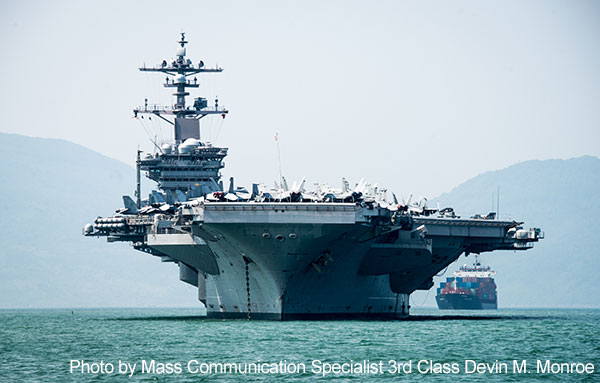 The Nimitz-class aircraft carrier USS Carl Vinson (CVN 70) arrives in Da Nang, Vietnam for a scheduled port visit. The Carl Vinson Strike Group is in the western Pacific as part of a regularly scheduled deployment.
The Nimitz-class aircraft carrier USS Carl Vinson (CVN 70) arrives in Da Nang, Vietnam for a scheduled port visit. The Carl Vinson Strike Group is in the western Pacific as part of a regularly scheduled deployment.
DA NANG, Vietnam, March 5, 2018 - The Carl Vinson Strike Group departed Da Nang, Vietnam, March 9, completing a historic visit that marked the first time a U.S. aircraft carrier has visited the country in more than 40 years.
The aircraft carrier USS Carl Vinson (CVN 70), cruiser USS Lake Champlain (CG 57) and destroyer USS Wayne E. Meyer (DDG 108) departed following a four-day port call. The strike group will continue a regularly scheduled deployment in the Indo-Pacific region.
"We feel very honored to have been part of this historic visit," said Rear Adm. John Fuller, the strike group commander. "The government and people of Vietnam extended an incredibly heartfelt welcome and made this visit one to remember."
Sailors participated in cultural and professional exchanges during community service events, sports competitions, ship tours and a formal reception aboard the aircraft carrier. Additionally, Navy musicians from the U.S. 7th Fleet Band performed free public concerts.
"I loved it. I loved the tours and I loved the food," said Electronics Technician 3rd Class Chloe Meinert, from the Carl Vinson Combat Systems Department. "I liked how enthusiastic people were with meeting us and how everyone wanted to take our picture."
Carl Vinson, America's third Nimitz-class aircraft carrier, hosted more than 1,300 guests for tours, professional exchanges and a formal reception attended by the U.S. Ambassador to Vietnam Daniel Kritenbrink and Commander, U.S. 7th Fleet Vice Adm. Phillip Sawyer.
- Details
- Hits: 3122
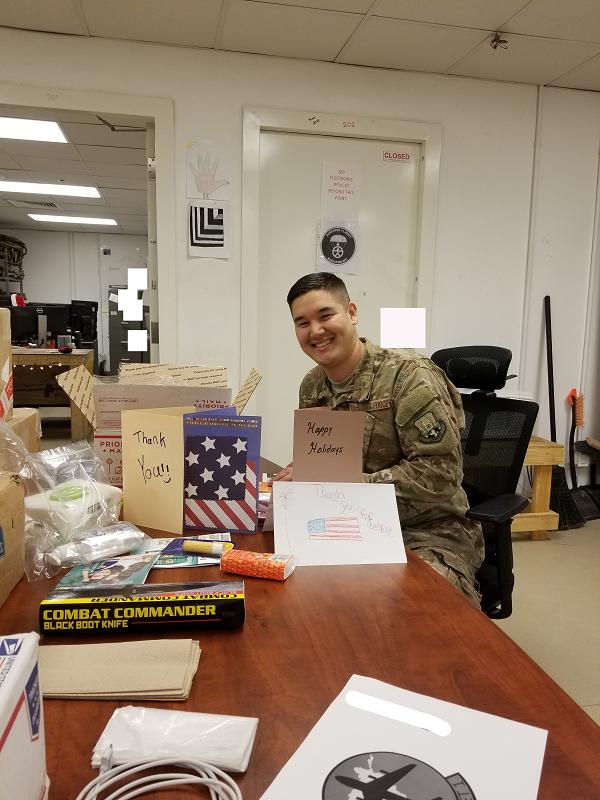
SW Asia, December 2, 2017 – Thank you so much!
SGT M-------
- Details
- Hits: 2786
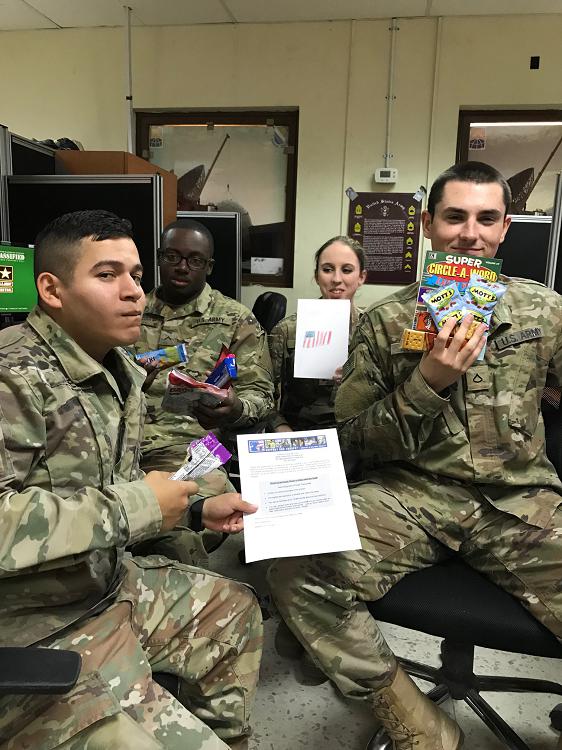
SW Asia, December 12, 2017 - THANK YOU SO MUCH FOR THE GOODIES!!!!! WE LOVE YOU SO MUCH!!!
~~ SGT Ryan ------
- Details
- Hits: 5000
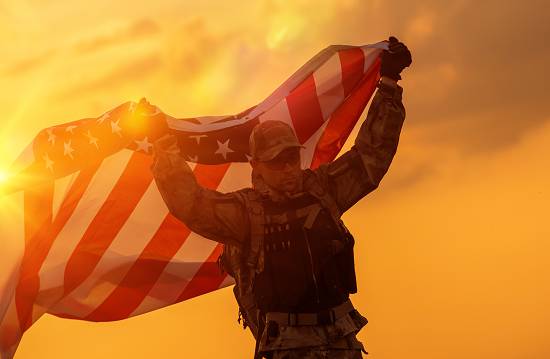
Since the 60’s on the me generation has gradually rebuilt American culture to take from others, avoid personal responsibility, and pursue self-gratification without duty.
But through it all has shone a bright spot.
America's veterans. Those who stepped up to protect and defend others. Those who gave the best years of their lives not living the good life at the mall or raking in the benefits taken from others, but raising families on meager military salaries in hard circumstances not of their own making, in order to protect others.
- Details
- Hits: 3392
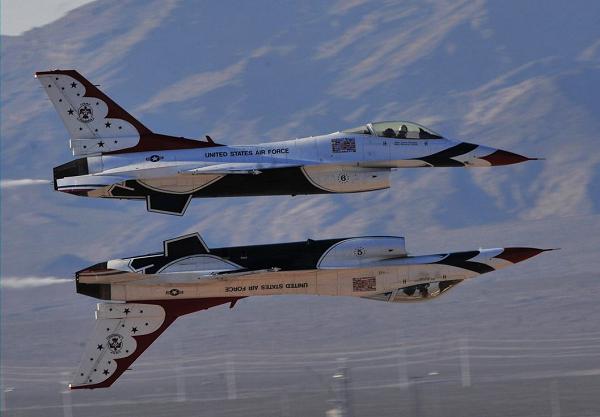
Boise, Idaho, 10-10-2017: Support Our Troops® has facilitated provision of $349,029 in cash and material in support of the 124th Fighter Wing's 2017 Gowen Thunder Open House and Airshow, including without limitation: Pilots and performers, vehicle rental and fuel cost, jet fuel cost, Commander tent and catering, air boss announcer PA system, smoke oil, fuel and resources for the Jets and performers, hotel rooms, pyrotechnics, food and water, advertising, parking lots, first aid standby, bussing costs, and the like.
Where: Gowen Field, Boise Idaho
When: October 14-15, 2017, 0830 Gates Open to the Public, 1630 Gates Closed
Why: Build the bond.
Read more: Gowen Thunder Airshow Supported by Support Our Troops®


